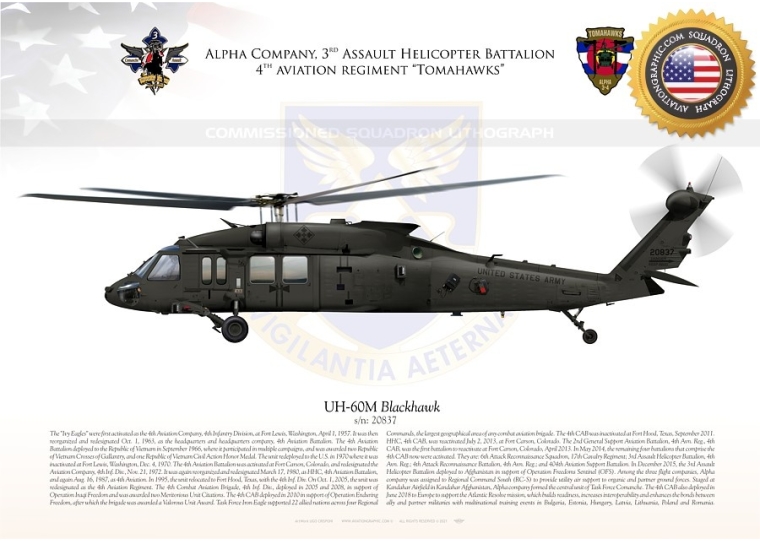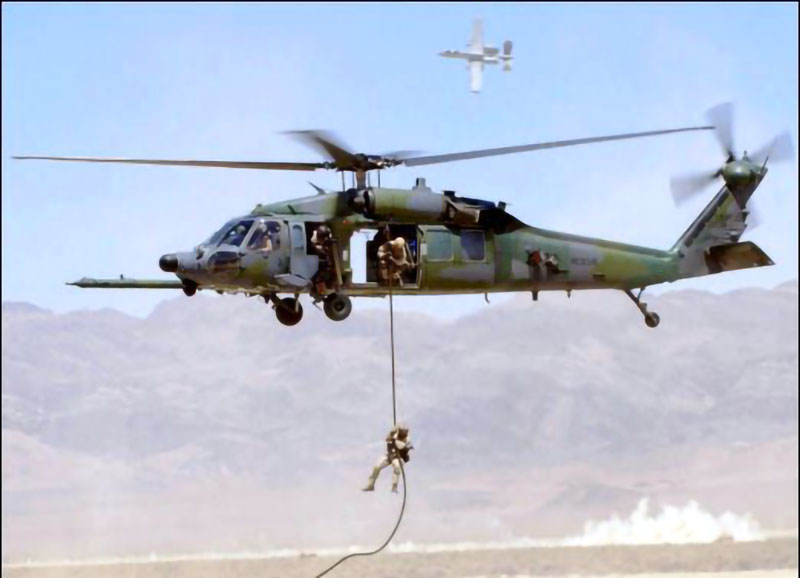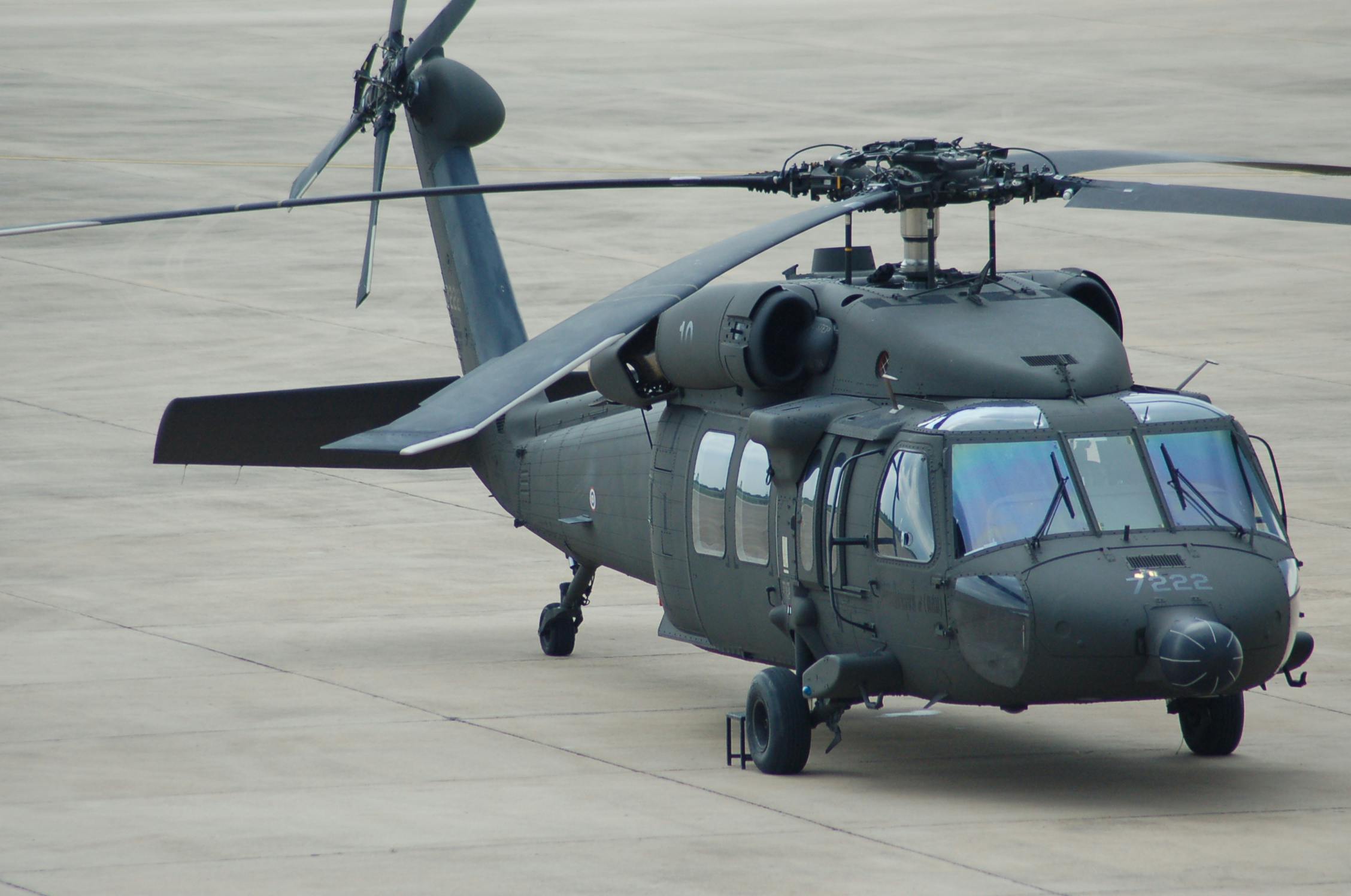The UH 60: Exploring Its Role in Modern Military Operations and Versatility
The UH 60: Exploring Its Role in Modern Military Operations and Versatility
Blog Article
Checking Out the History and Advancement of the UH 60 Helicopter

Beginnings of the UH-60
The beginnings of the UH-60 helicopter can be mapped back to the late 1960s, a period marked by the need for a versatile utility aircraft that might adjust to the developing demands of contemporary war. The united state Military recognized the need for a replacement for the older UH-1 Iroquois, which was becoming progressively insufficient for the complexities of contemporary combat circumstances. In 1967, the Military started the Energy Tactical Transportation Airplane System (UTTAS) program, which looked for to create a multi-role helicopter qualified of numerous goals, including troop transportation, clinical emptying, and logistical support.
The style competitors drew in several aerospace producers, however it was Sikorsky Airplane Firm that inevitably protected the agreement in 1972. The UH-60 Black Hawk was introduced, showcasing cutting-edge style aspects and advanced technology that established it in addition to its precursors. Its initial flight took place in 1974, and the aircraft was officially adopted by the Military in 1979. The UH-60 quickly got recognition for its robust performance, dependability, and versatility, leading the way for its extensive usage in armed forces procedures and solidifying its condition as a foundation of U.S. Military aeronautics.
Key Layout Features
Ingenious design attributes of the UH-60 Black Hawk dramatically add to its functional effectiveness. Among the most significant facets is its twin-engine setup, which boosts reliability and offers a greater power-to-weight ratio, allowing the helicopter to execute under various problems. The airplane's four-blade main rotor system uses boosted lift and maneuverability, important for tactical objectives.

In addition, the cabin is created for optimal presence and comfort designs, featuring sophisticated avionics that simplify pilot procedures. The modular style of the UH-60 permits simple upkeep and flexibility, making it ideal for different objective accounts, from army transport to medevac operations. These crucial style features guarantee that the UH-60 Black Hawk continues to be a trusted and flexible property in army air travel, capable of meeting the demands of contemporary warfare.
Technological Advancements
Current technical innovations in the UH-60 Black Hawk have substantially improved its operational capabilities and adaptability. The assimilation of sophisticated avionics, such as electronic flight control systems and enhanced situational awareness display screens, enables pilots to operate with boosted accuracy and performance. These systems help with improved review navigating, communication, and data sharing, making it possible for the helicopter to function efficiently in varied settings.
In addition, the intro of composite products has actually lowered the overall weight of the airplane while maintaining architectural integrity. This reduction enhances fuel effectiveness and prolongs operational array. The unification of advanced rotor innovation, consisting of the use of four-blade, fully articulated rotor systems, has improved lift performance and ability to move, permitting far better handling in different flight conditions.

In addition, advancements in propulsion systems, such as the T700-GE-701D engines, have enhanced power outcome and reliability - uh 60. These engines add to exceptional performance in high-altitude and hot-weather problems
Finally, the integration of self-defense systems and enhanced sensing unit bundles boosts the Black Hawk's survivability and mission efficiency. Collectively, these technical enhancements guarantee that the UH-60 Black Hawk remains an essential possession in modern-day aeronautics, efficient in check my blog adjusting to the evolving demands of humanitarian and military objectives.
Role in Armed Force Workflow
As the foundation of U.S. Army air travel, the UH-60 helicopter plays an important function in numerous army operations, offering as a functional platform for fight assistance, transport, and medevac missions - uh 60. Its style includes the capacity to run in diverse atmospheres, making it crucial for army activity and logistical support in both unusual and traditional war

In clinical emptying circumstances, the UH-60 has confirmed vital, significantly reducing the moment to transport wounded soldiers from the battlefield to medical facilities. Its sophisticated avionics and night vision capabilities further guarantee mission success under challenging conditions. Generally, the UH-60 helicopter stays an essential asset, constantly adapting to satisfy the evolving needs of army procedures and improving the performance of U.S. pressures worldwide.
Future of the UH-60
Looking in advance, the future of the UH-60 helicopter entails significant improvements in technology and capacities developed to boost its operational performance. As army procedures progress, the UH-60 is anticipated to integrate sophisticated technologies, including boosted avionics, improved weapons systems, and progressed communication devices. These improvements will permit better situational awareness and goal flexibility, ensuring that the UH-60 stays a browse around this site crucial possession on the field of battle.
One noteworthy development is the assimilation of fly-by-wire systems, which will boost flight control precision and decrease pilot work. Initiatives to upgrade the airframe and engines aim to enhance range, payload, and rate capacity, consequently expanding the helicopter's operational range.
The future additionally holds guarantee for increased interoperability with unmanned airborne systems (UAS), making it possible for coordinated goals that leverage both manned and unmanned capacities. Additionally, the incorporation of expert system and maker knowing could maximize flight dynamics and upkeep processes, bring about decreased functional prices.
Verdict
The UH-60 Black Hawk helicopter represents a significant achievement in armed forces air travel, progressing from the united state Army's preliminary requirements for a flexible energy airplane. Its innovative style attributes and constant technical improvements have ensured its relevance in various armed forces operations over the decades. As the demands of modern-day warfare change, the future of the UH-60 will likely involve more improvements and adjustments, strengthening its status as a vital possession for armed pressures worldwide.
The UH-60 Black Hawk helicopter stands for a significant landmark in military aviation, emerging from the U.S. Army's mission for a much more functional and dependable energy airplane in the late 20th century.The beginnings of the UH-60 helicopter can be traced back to the late 1960s, a duration marked by the need for a flexible energy aircraft that can adapt to the evolving demands of contemporary war. Overall, the UH-60 helicopter continues to be a vital asset, constantly adapting to satisfy the evolving needs of armed forces procedures and improving the efficiency of United state forces worldwide.
Looking ahead, the future of the UH-60 helicopter entails significant developments in innovation and abilities created to improve its operational effectiveness.The UH-60 Black Hawk helicopter represents a significant success in military air travel, progressing from the United state Army's first demands for a flexible energy airplane.
Report this page